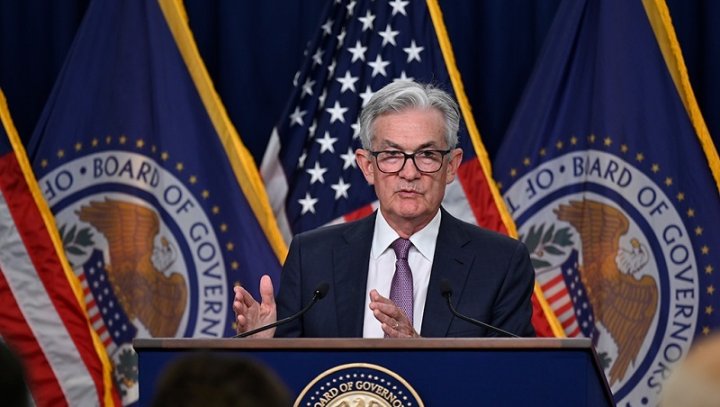
The Federal Reserve (FED) this Thursday cut interest rates by a quarter point (25 basis points), to set it in a range of 4.5% to 4.75% annually. The decision is based on the slowdown in inflation in the United States, which nevertheless remains at 3.3% annually, still above the 2% objective. Another cut of 0.25 points is expected to be applied in December and another four cuts in 2025, although the victory of Donald Trump to the presidency of the United States, who will take office on January 20, could modify these plans.
“Economic activity has continued to expand at a solid pace,” said the Federal Open Market Committee of the FED, in charge of setting rates, at the end of a two-day meeting in which they decided to reduce rates, as stated. I expected.
However, unlike previous monetary policy statements that referred to the slowdown in monthly employment increases, this time the reference to the issue was more general. Although the unemployment rate remains low, “labor market conditions have generally relaxed,” he added.
Risks to the labor market and inflation were “roughly balanced,” the Federal Reserve said, repeating language from the statement released after its September meeting, according to the Reuters news agency.
The new statement also slightly modified the reference to inflation, saying that price pressures had “progressed” toward the Fed’s target, rather than “progressed further.” This is because the price index for personal consumption expenditures, excluding food and energy, a key indicator of inflation, has changed little in the last three months, standing at around 2.6% annually in September. .
Although the rate cut was carried out as planned, the content of the Federal Reserve statement is related to Donald Trump’s victory in the elections. Trump campaigned with economic axes of implementing a sharp increase in import tariffs, which could have a broad and unpredictable impact on the economic outlook in the coming months. An increase in tariffs on imports in the United States could stop the decline in inflation that has been allowing the North American Federal Reserve (FED) to reduce the reference interest rate. The new taxes would impact the prices of the products that workers must buy to survive, putting upward pressure on inflation.
What consequences could lower rates have for Argentina?
The lowering of interest rates in general terms makes capital flows more attractive to dependent countries or so-called “emerging markets” such as Argentina, which finds a schedule of debt payment maturities for the coming years very difficult to cover (more than 20 billion dollars average per year) and that the Milei government tries to unload on the working people. A drop in rates alleviates the cost of credit, although it is far from solving Argentina’s enormous debt.
Likewise, the FED’s interest rate level is not yet completely low, and its maintenance in the range of 4.5 to 4.75% could be short-lived if international conditions and the North American economy itself change.
Trump’s economic plan could involve, if he follows through on his campaign promises, imposing at least a 10% tariff on all imports, as well as significantly higher taxes on products from China. Likewise, the restriction on migratory flows is seen as an increase in costs by North American capitalists because they base their profits largely on the exploitation of migrant workers with terrible working conditions and salaries.
Therefore, the institution led by Jerome Powell – which had already been questioned by Trump in the past – could be forced to review its rate cut program in the coming months.
Source: www.laizquierdadiario.com

